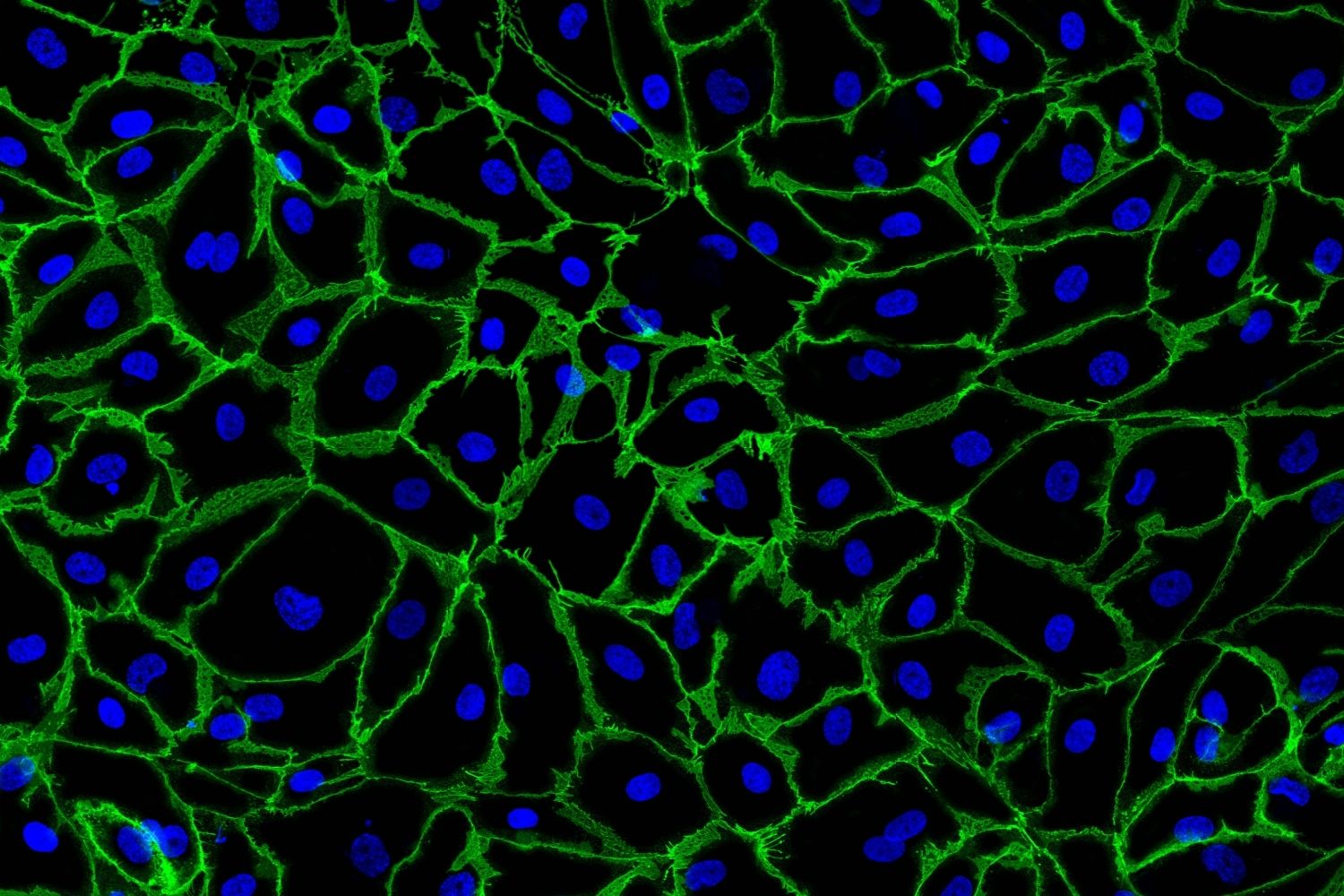
Cadherins are proteins that play a crucial role in cell adhesion, ensuring cells within tissues stick together. These proteins are vital for maintaining the structure and function of tissues in the body. Cadherins are involved in various processes, including embryonic development, wound healing, and maintaining the integrity of tissues. They work by forming adherens junctions, which are connections between cells that help them communicate and stay attached. There are different types of cadherins, each with specific functions and locations in the body. Understanding cadherins can provide insights into how cells interact and how tissues maintain their structure.
What Are Cadherins?
Cadherins are a type of protein that play a crucial role in cell adhesion, ensuring cells within tissues are bound together. These proteins are essential for maintaining the structure and function of tissues in multicellular organisms.
-
Cadherins are calcium-dependent adhesion molecules. They require calcium ions to function properly.
-
The name "cadherin" is derived from "calcium-dependent adhesion."
-
Cadherins are found in the cell membrane, where they help cells stick to each other.
-
There are over 100 different types of cadherins in the human body.
Types of Cadherins
Different types of cadherins serve various functions in the body. Each type has unique properties and roles.
-
E-cadherin is primarily found in epithelial cells, which line the surfaces of organs and structures in the body.
-
N-cadherin is found in nerve cells, muscle cells, and fibroblasts.
-
P-cadherin is located in the placenta and epidermis.
-
VE-cadherin is specific to endothelial cells, which line blood vessels.
Functions of Cadherins
Cadherins are not just about sticking cells together. They have several other important functions.
-
Cadherins play a role in cell signaling, helping cells communicate with each other.
-
They are involved in the formation of tissues and organs during embryonic development.
-
Cadherins help maintain the integrity of tissues by preventing cells from detaching and migrating.
-
They are crucial for wound healing, as they help cells move to the site of injury and stick together to close the wound.
Cadherins in Health and Disease
Cadherins are vital for normal bodily functions, but they can also be involved in diseases.
-
Loss of E-cadherin function is associated with cancer progression and metastasis.
-
Mutations in cadherin genes can lead to developmental disorders.
-
Cadherins are involved in the formation of the blood-brain barrier, which protects the brain from harmful substances.
-
Abnormal cadherin function is linked to heart diseases, as they are important for the structure of heart tissues.
Cadherin Structure
Understanding the structure of cadherins helps in comprehending their function.
-
Cadherins have extracellular domains that bind to cadherins on adjacent cells.
-
They have a single transmembrane domain that anchors them to the cell membrane.
-
The intracellular domain of cadherins interacts with the cytoskeleton, providing structural support.
-
Cadherins form dimers, meaning two cadherin molecules pair up to function effectively.
Research and Applications
Research on cadherins has led to significant advancements in science and medicine.
-
Cadherins are used as biomarkers in cancer diagnosis and prognosis.
-
Scientists are exploring ways to target cadherins for cancer therapy.
-
Research on cadherins has improved our understanding of tissue engineering and regenerative medicine.
-
Cadherins are being studied for their role in neurodegenerative diseases like Alzheimer's.
Interesting Facts About Cadherins
Here are some lesser-known but fascinating facts about cadherins.
-
Cadherins were first discovered in the 1980s.
-
They are conserved across many species, from humans to fruit flies.
-
Cadherins can switch types during cell differentiation, a process known as the cadherin switch.
-
The cadherin superfamily includes protocadherins, which are involved in the nervous system.
-
Cadherins are not only found in animals but also in some single-celled organisms, indicating their ancient evolutionary origin.
The Final Word on Cadherins
Cadherins are more than just proteins; they’re the glue holding our cells together. These molecules play vital roles in tissue formation, cell signaling, and even cancer progression. Understanding cadherins can lead to breakthroughs in medical research, offering insights into developmental biology and potential treatments for diseases. From their discovery to their complex functions, cadherins continue to fascinate scientists and researchers alike.
So, next time you think about what keeps your body’s cells in check, remember cadherins. They’re the unsung heroes working behind the scenes to maintain cellular harmony. Whether you’re a student, a researcher, or just curious, knowing about cadherins enriches your understanding of biology. Keep exploring, keep questioning, and who knows? You might uncover the next big thing in science.
Was this page helpful?
Our commitment to delivering trustworthy and engaging content is at the heart of what we do. Each fact on our site is contributed by real users like you, bringing a wealth of diverse insights and information. To ensure the highest standards of accuracy and reliability, our dedicated editors meticulously review each submission. This process guarantees that the facts we share are not only fascinating but also credible. Trust in our commitment to quality and authenticity as you explore and learn with us.
